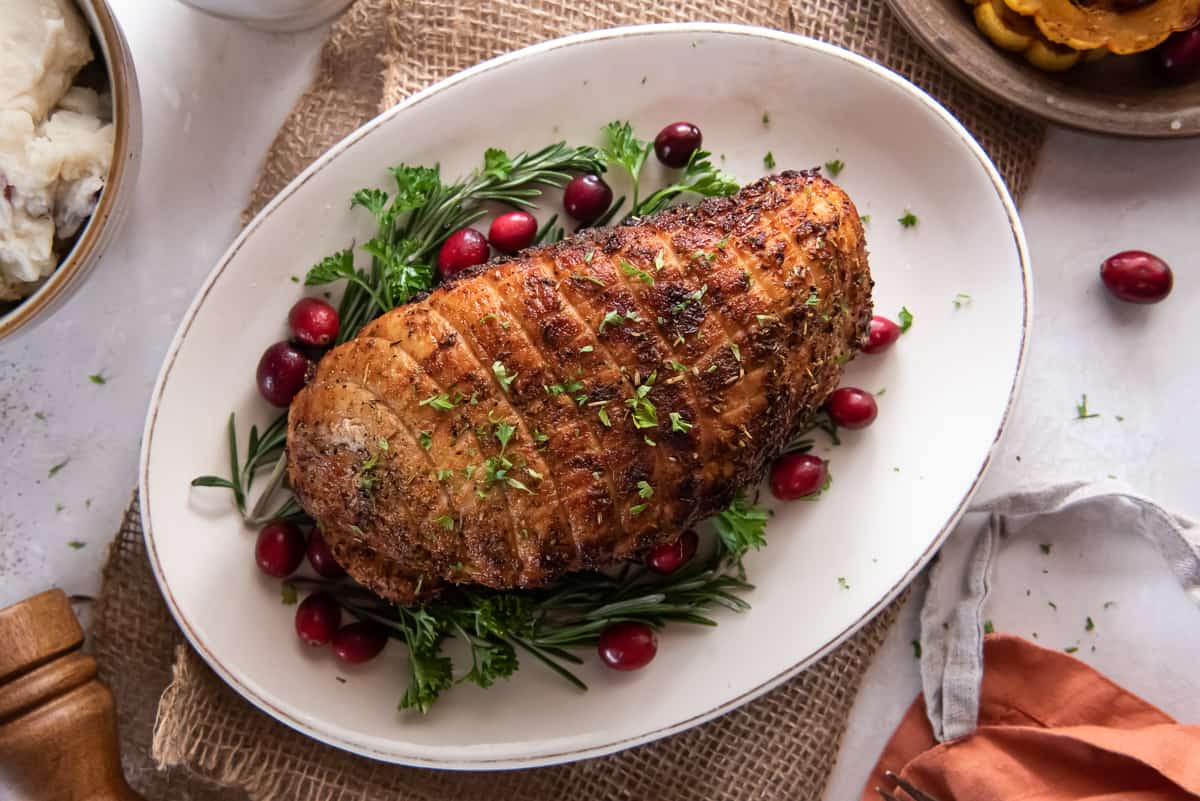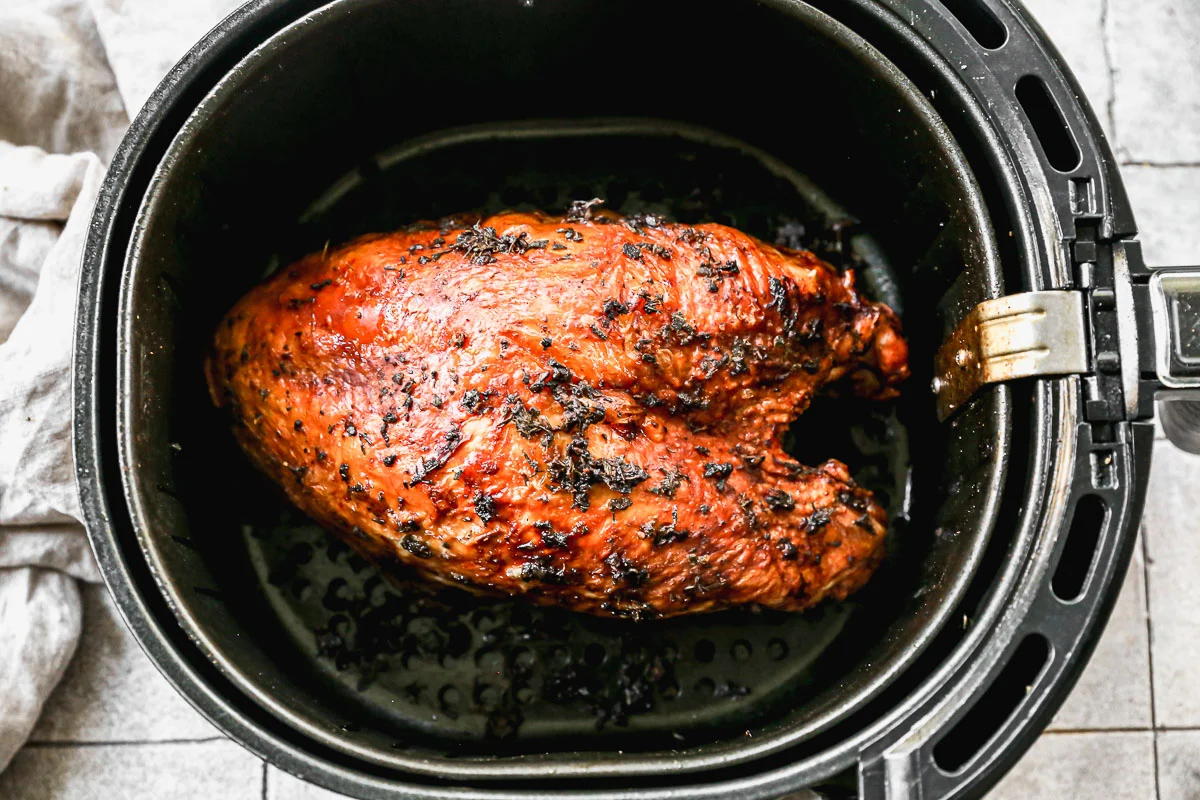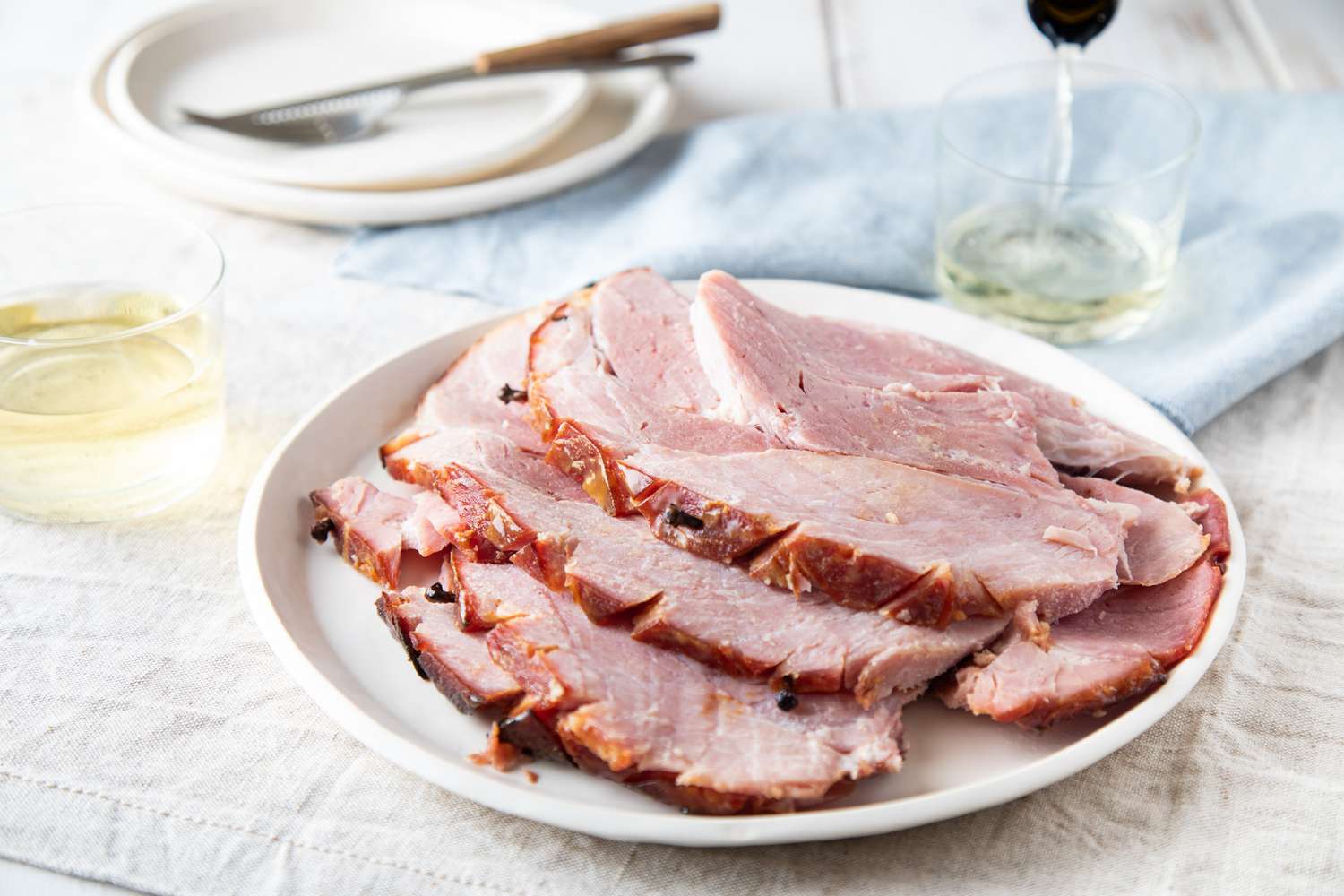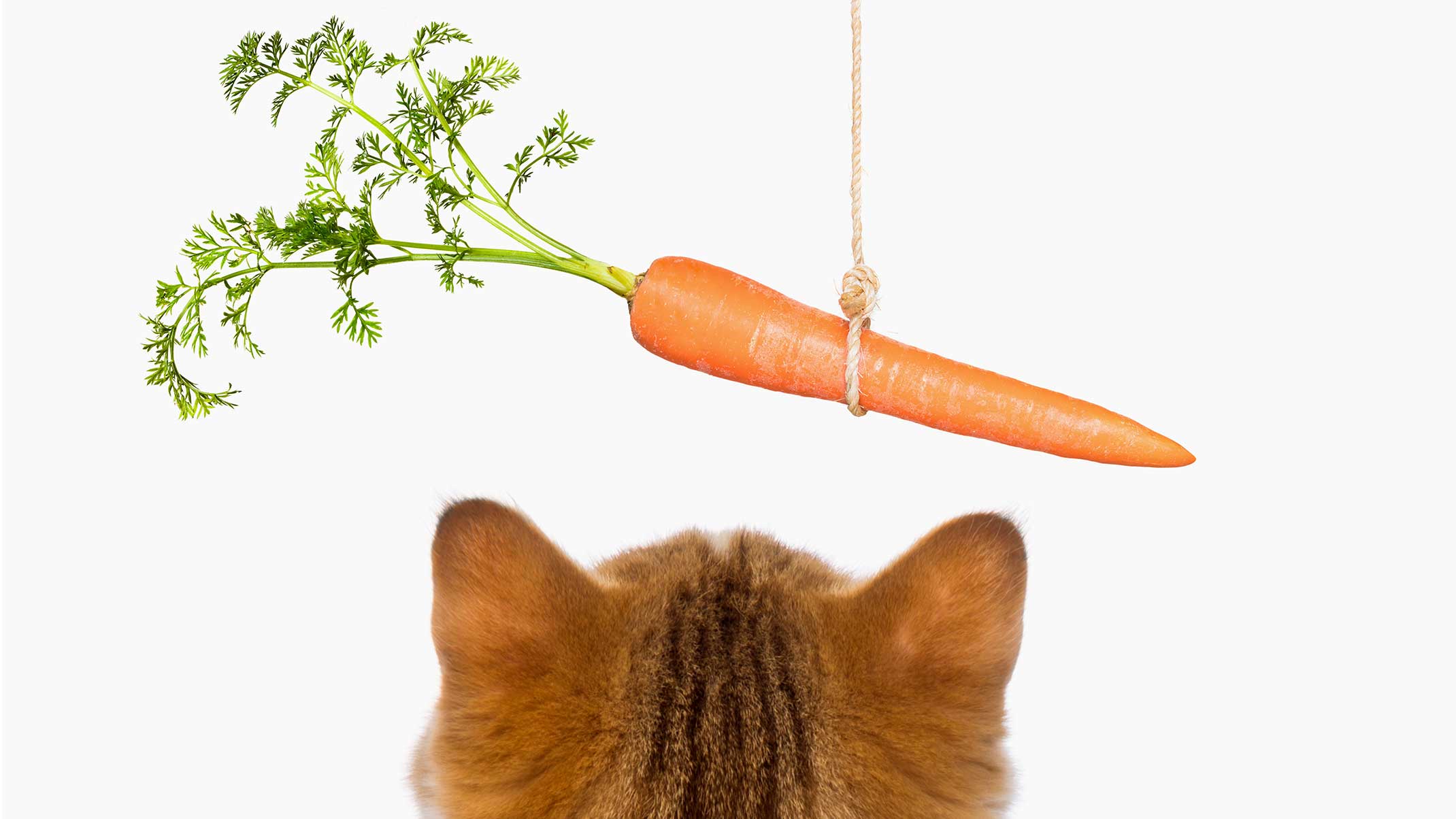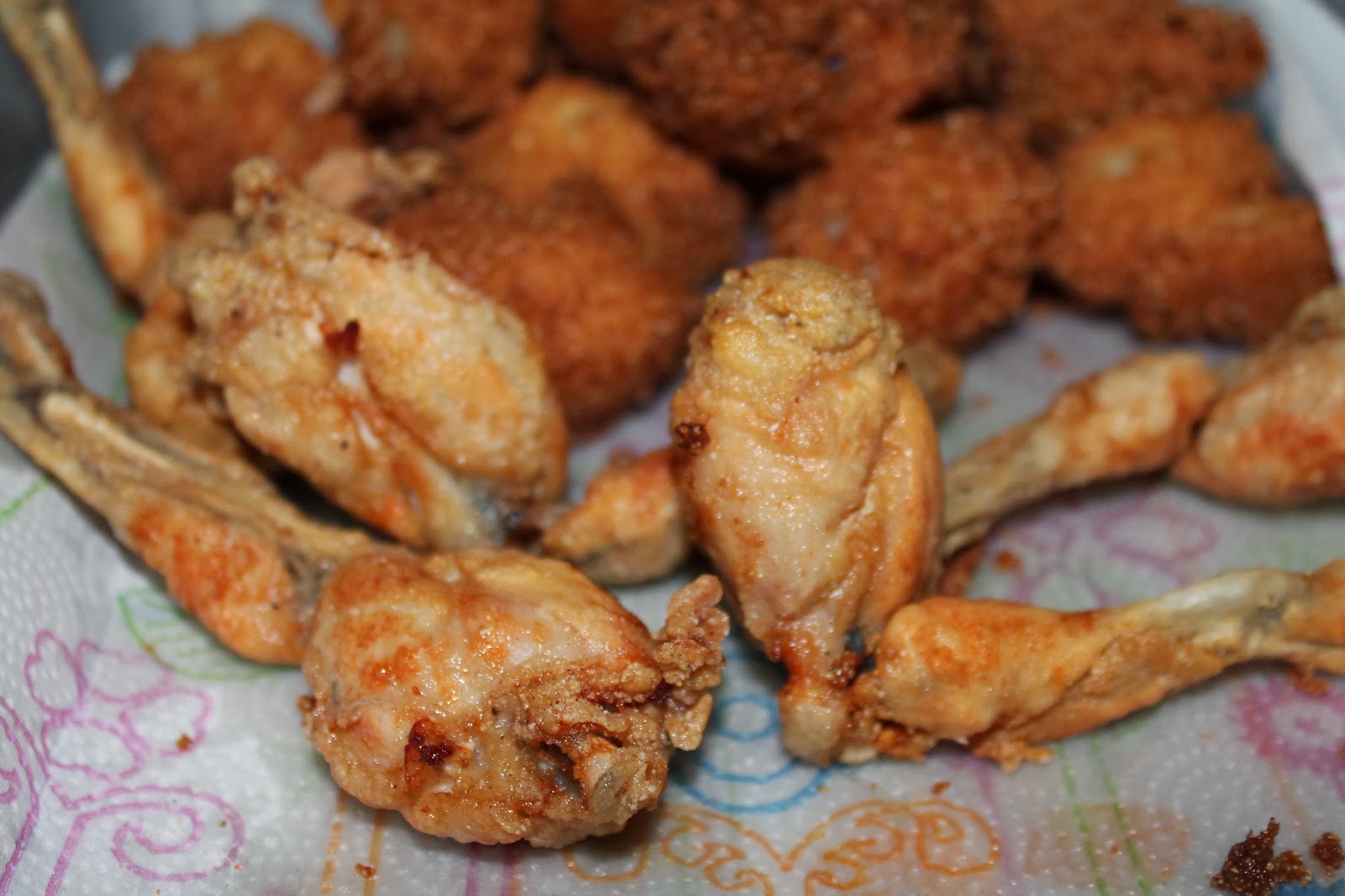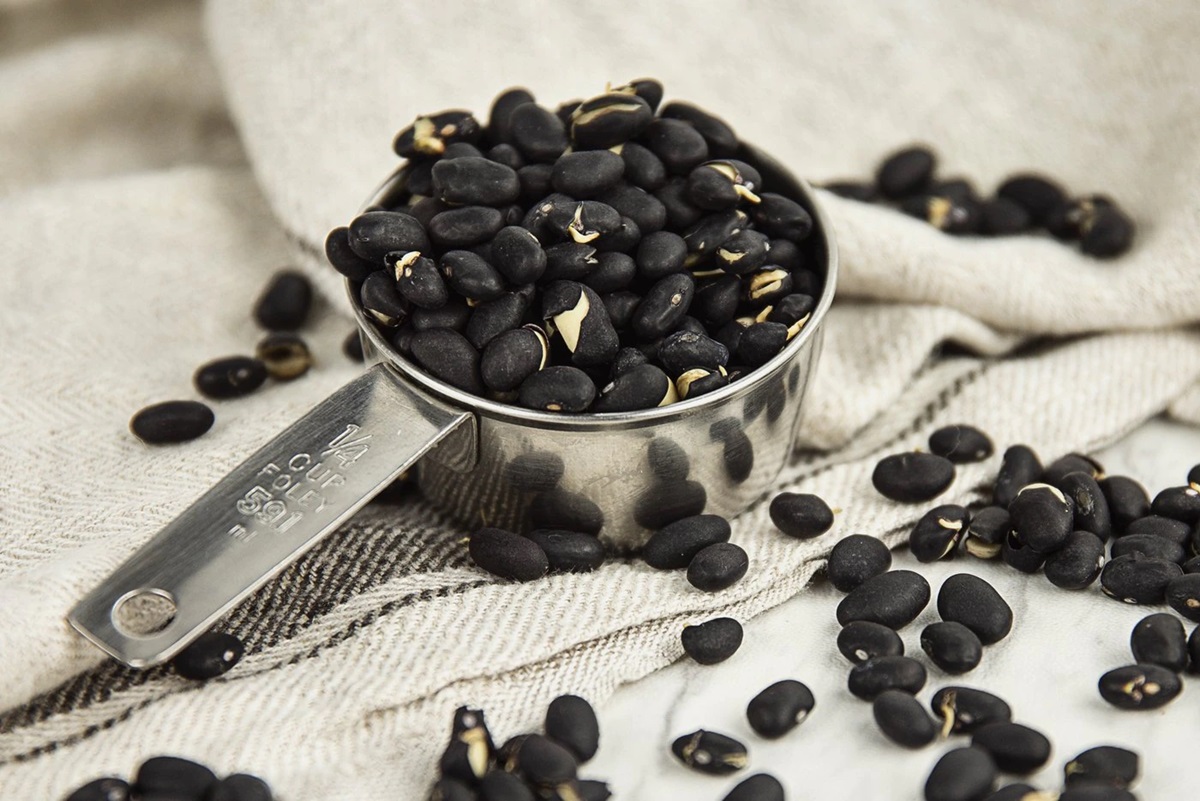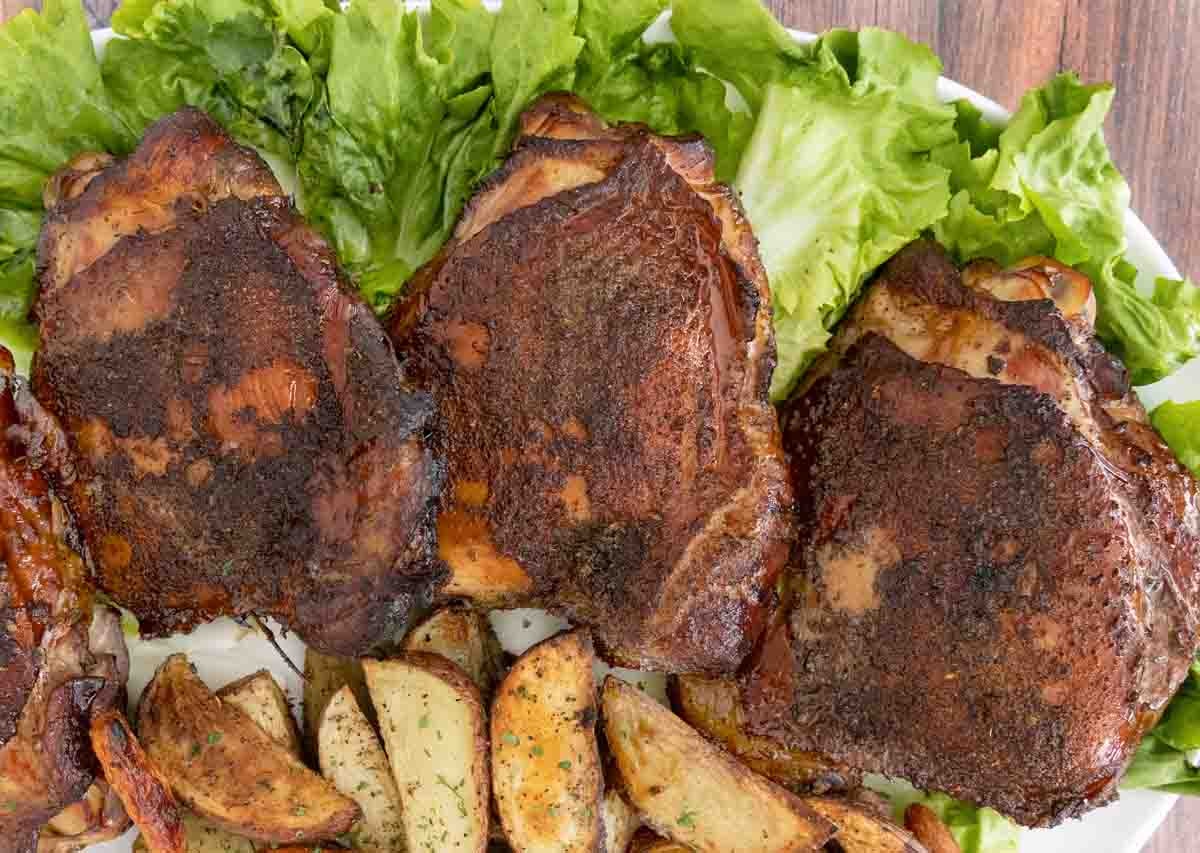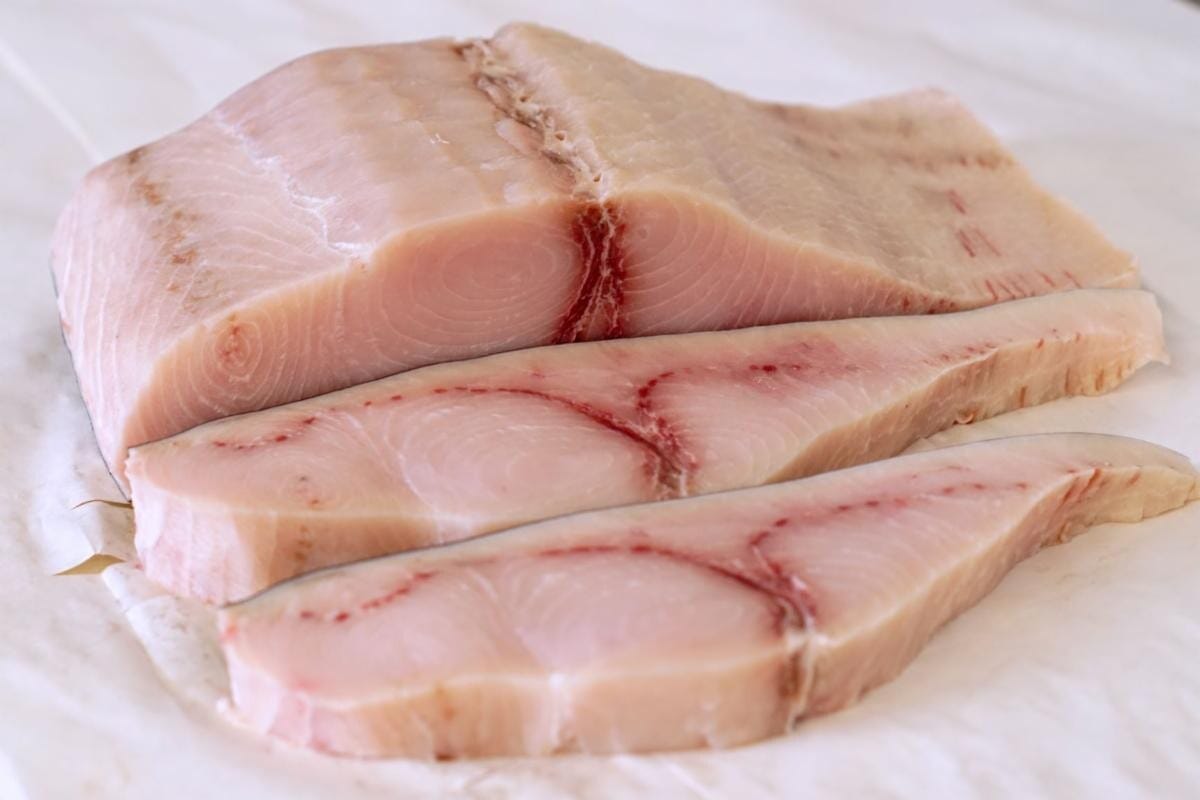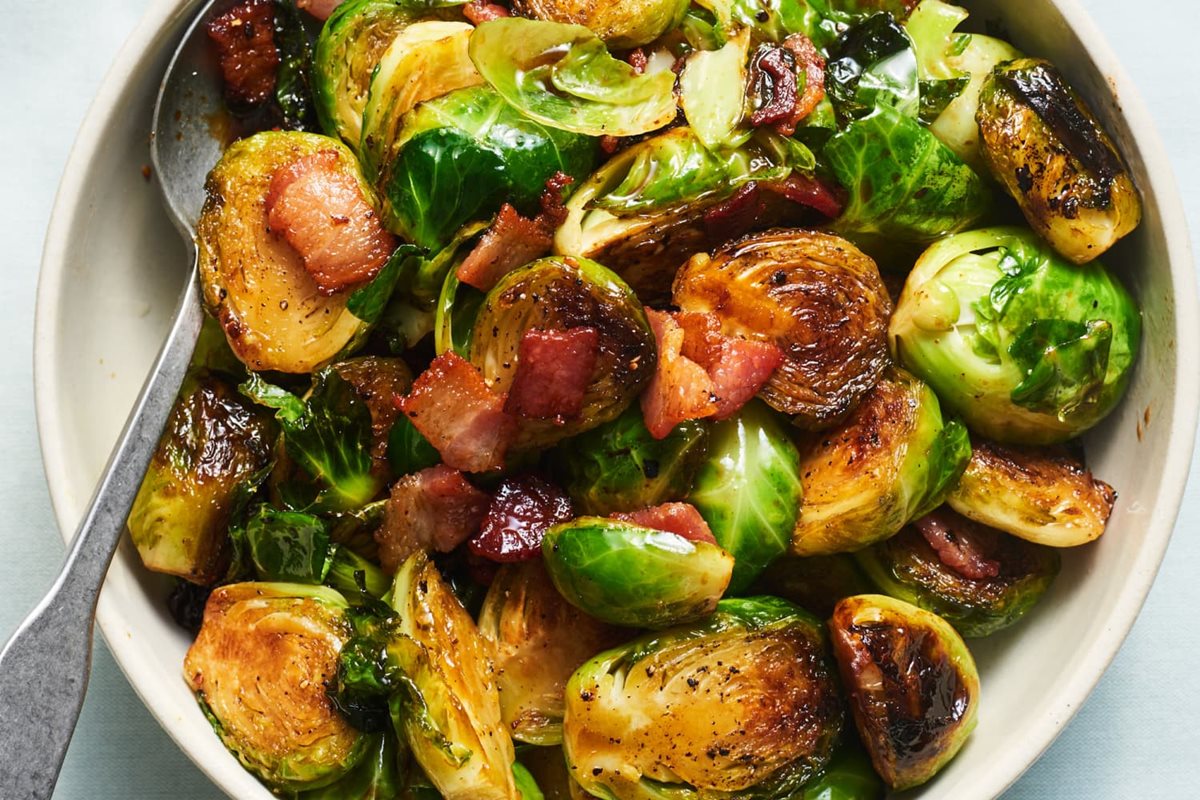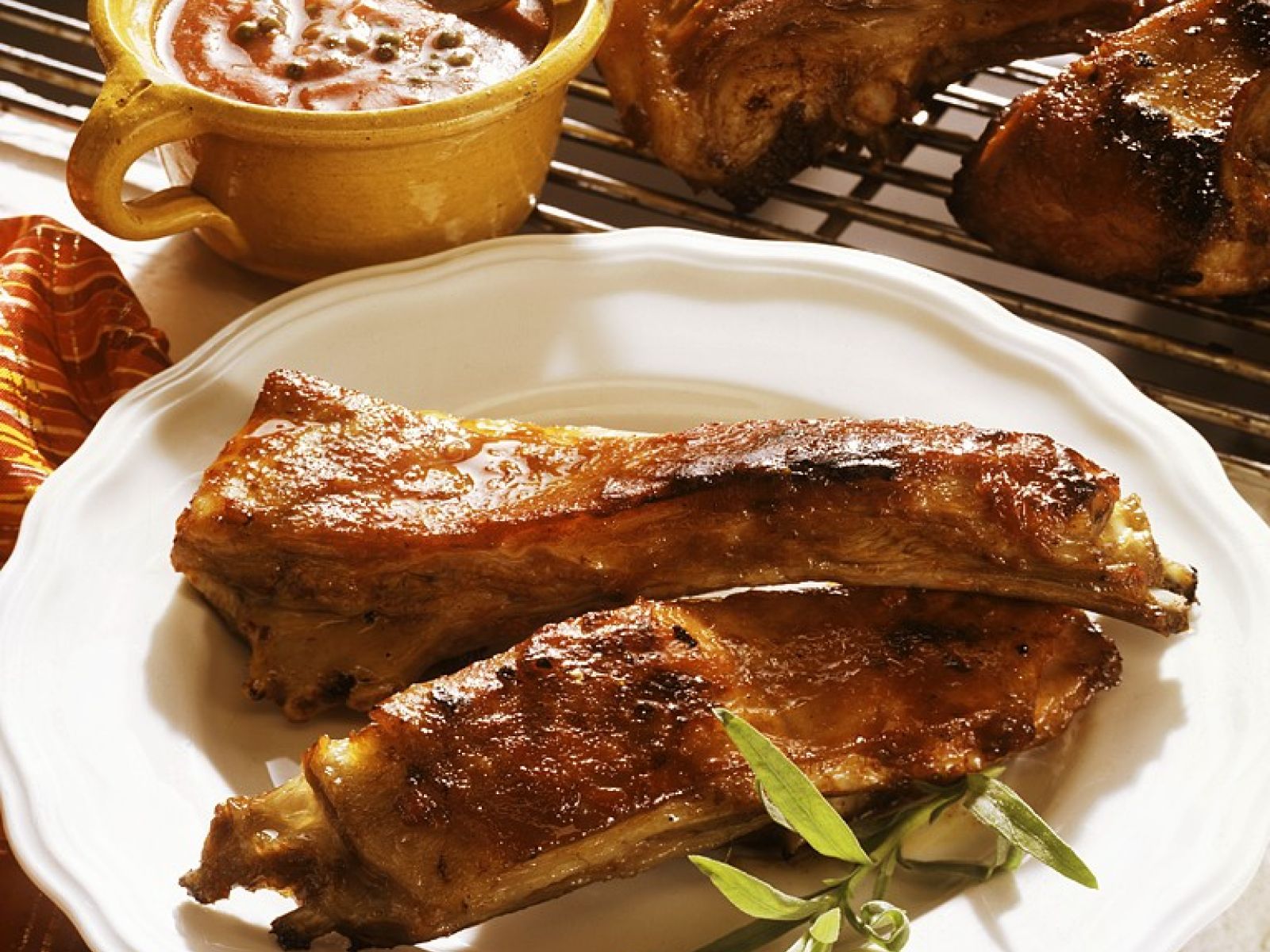Discover the Art of Underground Pig Pit Cooking
There is something truly special about cooking a whole pig in an underground pit. It’s not just about the mouthwatering flavors that infuse every inch of tender meat; it’s also the experience of bringing people together around a traditional and communal cooking method that has been practiced for generations. If you’re ready to embark on this culinary adventure, we’ve got you covered with a step-by-step guide on how to cook a pig in a ground pit.
1. Choose the Right Location
Before you start digging your pit, it’s crucial to find the perfect location. Look for an area in your backyard that is safe and away from any structures or flammable materials. Make sure to check local regulations if you live in a neighborhood or community with specific guidelines regarding open fires.
2. Prepare the Pit
Once you’ve selected the spot, it’s time to start digging. The size of your pit will depend on the size of the pig you intend to cook, but as a general rule of thumb, aim for a pit that is about 2 feet wider and longer than the pig, and around 3 feet deep.
Line the pit with heat-resistant rocks or bricks, creating a solid base for your fire. This will help provide even heat distribution throughout the cooking process.
3. Build the Fire
Now that your pit is ready, it’s time to ignite the fire. Place a layer of charcoal or hardwood at the bottom of the pit and set it ablaze. Allow the flames to burn until you have a bed of glowing embers.
Next, add aromatic wood chips or chunks, such as hickory, apple, or mesquite, on top of the charcoal or hardwood. These wood varieties will infuse the pig with their unique flavors, adding an irresistible smokiness to the meat.
4. Prep and Season the Pig
While the fire is developing, it’s time to prepare the star of the show – the pig! Make sure you have a fully dressed and cleaned pig, ideally between 50-100 pounds, depending on your needs.
Season the pig generously with a marinade or rub of your choice. Traditional options include a mix of salt, pepper, garlic powder, paprika, and brown sugar. Feel free to get creative and add your favorite herbs and spices to enhance the flavor profile.
For best results, allow the pig to marinate overnight, letting the flavors penetrate the meat, and ensuring a juicy and flavorful end result.
5. Lowering the Pig into the Pit
Now comes the exciting part – carefully lower the seasoned pig onto a wire mesh or a metal rack above the fire pit. Make sure the pig is positioned securely and doesn’t touch the sides of the pit to ensure even cooking.
For added flavor, you can place pineapple rings or halved onions inside the pig’s cavity. This will infuse the meat with a subtle sweetness that pairs beautifully with the smoky flavors.
6. Cover and Cook Slowly
Cover the pit with a sheet of metal or a sturdy wooden board, and then bury it with soil or sand. This will help trap the heat and allow the pig to cook evenly and slowly.
The cooking time will vary depending on the size of the pig and the heat of your fire. As a general guideline, plan for about 1 hour of cooking time per 10 pounds of pig.
7. Monitor the Temperature
Throughout the cooking process, it’s essential to monitor the temperature inside the pit to ensure the pig cooks thoroughly. Using a meat thermometer, check the internal temperature by inserting it into the thickest part of the pig’s thigh, avoiding contact with the bone. The pig is safe to eat when the temperature reaches 160°F (71°C).
8. Unveil and Carve
Once the pig has reached the desired temperature, it’s time to unveil your masterpiece. Carefully remove the covering and lift the pig from the pit, allowing it to rest for a few minutes.
Begin by carving the pig along the natural seams and joints, using a sharp knife or carving tools. Serve the succulent meat alongside traditional sides like coleslaw, cornbread, and roasted vegetables, and watch as your guests savor every flavorful bite.
Remember, cooking a pig in a ground pit is not just about the delicious end result; it’s a time-honored tradition that brings people together. So gather your loved ones, embrace the process, and create unforgettable memories around this time-tested method of cooking.
For anyone interested in learning how to cook a pig in a ground pit, the article offers a variety of recipes that complement this traditional cooking method. Readers can try their hand at the rich, smoky flavors of Smoky Southern BBQ Whole Pig or the spicy, aromatic Caribbean Jerk Pig Roast. The Filipino Lechon Style Pig provides a crispy, savory experience that’s hard to beat, while the Cuban Mojo Marinated Pig offers a citrusy, garlicky twist. For a sweet and tangy combination, the Pineapple and Brown Sugar Glazed Pig is a must-try. Each of these recipes brings a unique taste and flair, making the ground-pit cooking experience even more rewarding and delicious.
Was this page helpful?
Read Next: How To Cook A Denver Steak On The Grill
